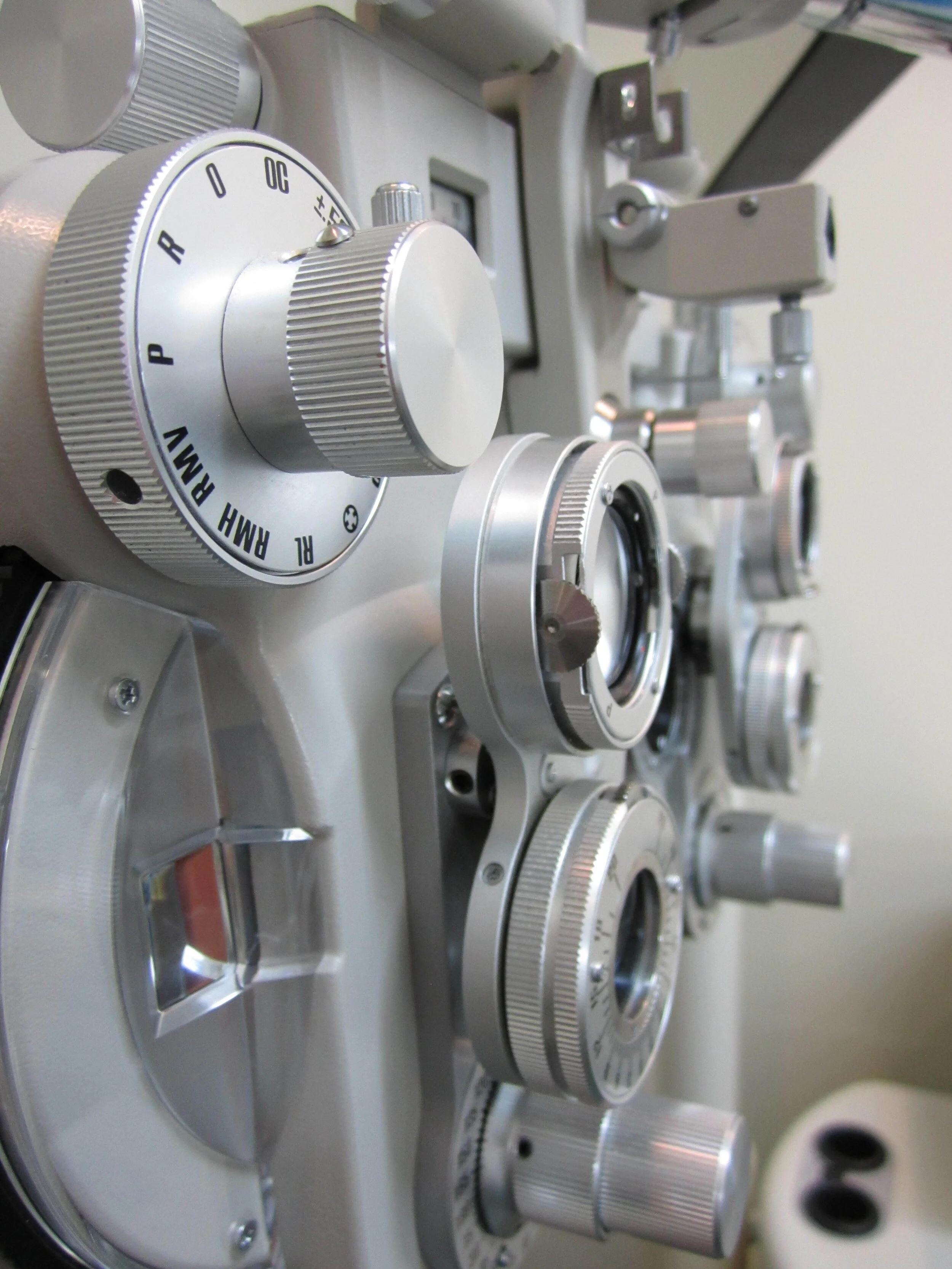Most spectacle lenses are made of plastic. If you went back 30 years, most were then glass. Why the switch? Plastic is a lot lighter, which translates into more comfortable glasses to wear.
Technology continues to improve lens performance with stronger and more durable surface coatings, like Hoya Diamond Finish Anti Reflection Coating, and Hoya Super Hard. Likewise the photochromic performance continues to develop lenses which react faster, both to darken and return to clear, with more colour options. Higher index plastics deliver lighter-weight thinner lenses with improved optical clarity, such as Hoya Nulux Index lenses.
One important consideration for these lenses is watching the temperature. Lens coatings can deteriorate -craze and delaminate - if exposed to heat and to big changes in temperature.
Most lenses can handle 80 degrees, some even hotter. The lenses will be fine with a gradual increase in temperature. Time here is extremely important. If you went from a freezer then directly into a sauna and had a huge increase in temperature in a few seconds then the lenses and coatings are at risk of damage. The same as if you took a glass out of a freezer and then pour boiling water over it, the glass will shatter.
A good rule is if it’s too hot for a person, then it’s too hot for your glasses. Especially important - in a lot of cars there is a glasses compartment above your head near the mirror and interior lights. That is honestly the worst possible place to keep your glasses in summer. It’s right up against the metal roof so the intense heat can, and most likely will damage the lenses.
Read more on every day lens care.










